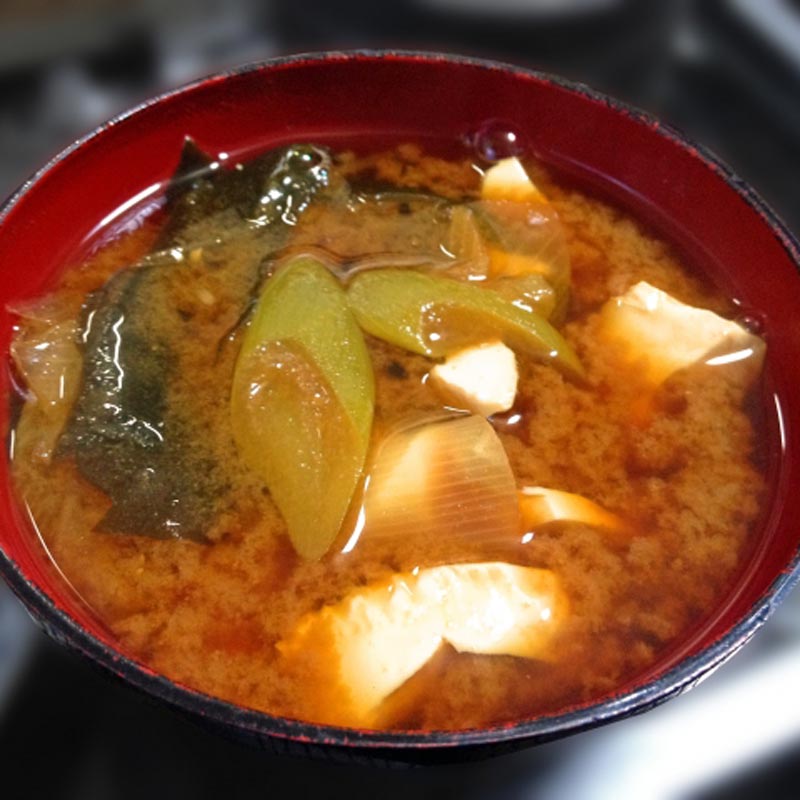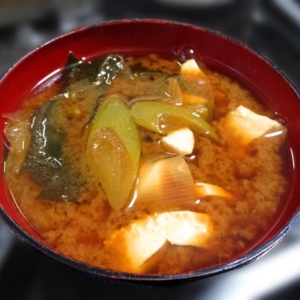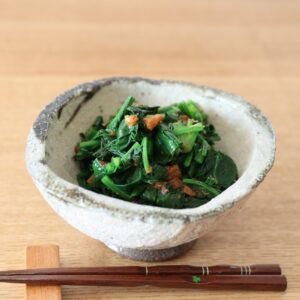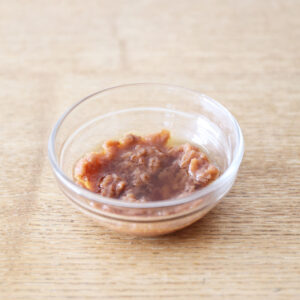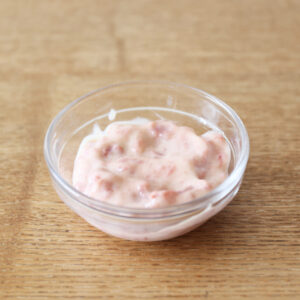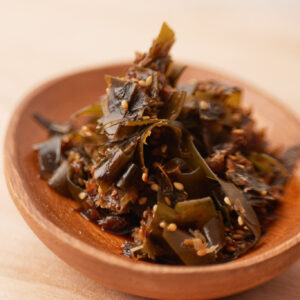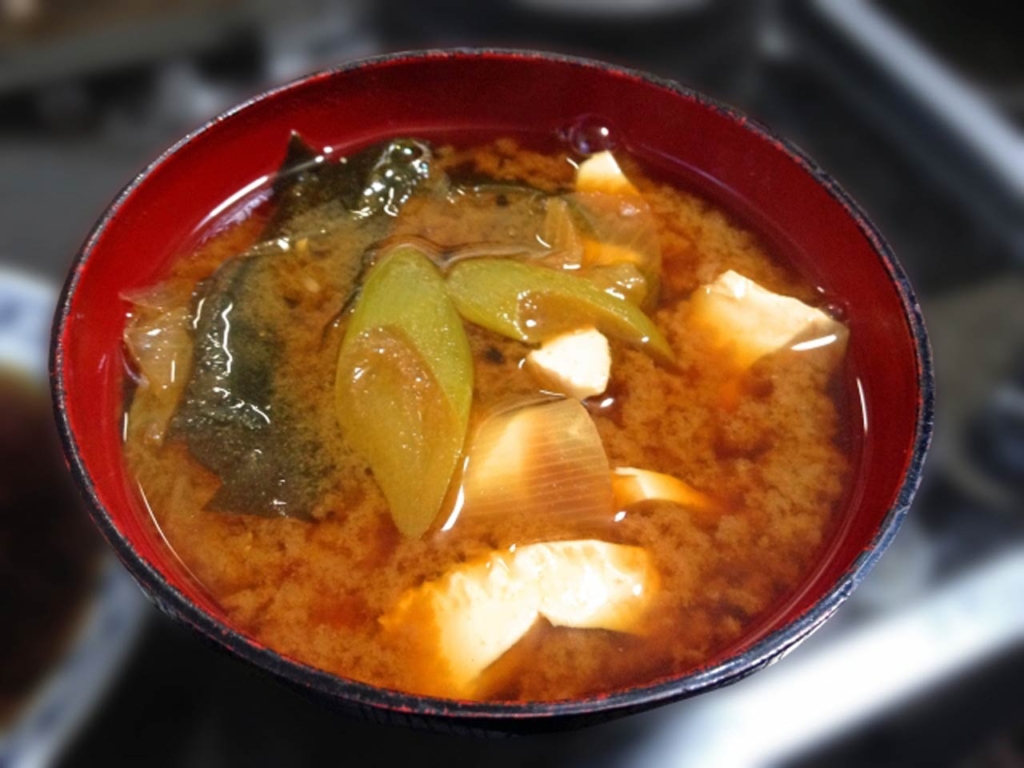
Are you familiar with miso soup? that soup we can easily find at the Asian restaurant, usually served as an appetizer. What exactly is miso soup and how does it taste?
We will introduce the three main elements of miso soup ingredients, easy recipes, and the right way to preserve them.
What is Miso Soup?

Miso soup (misoshiru, 味噌汁) is the simple yet delicious Japanese soup base of miso paste and dashi broth, then combined with various ingredients like tofu, green onions, mushrooms, meat, seafood, etc. The most common miso soup is usually served with tofu, wakame seaweed, and green onions.
The long-time loved miso soup has been consumed since the Kamakura-Muromachi period. It is still highly favored nowadays as miso soup is usually served to be enjoyed along with the other dishes in Japanese dining. It is suitable for breakfast, lunch, or even dinner for any occasion.
Umami Soup with Health Benefits
Eating miso soup daily will not only satisfy our dining experience but also help to keep our bodies healthy. Miso soup is relatively low in calories and rich in nutrients like protein, Vitamin B, Vitamin E, Vitamin K, dietary fiber, enzymes, etc. Furthermore, miso soup has a lot of health benefits such as the effect of lowering blood pressure, its prebiotics contents to help digestion and prevent constipation, increasing immunity, to its antioxidants effect to prevent cancer.
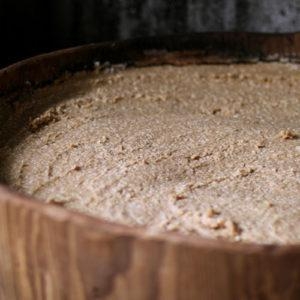
What Does Miso Soup Taste Like?
Everyone loves miso soup for its deep savory flavor and mellow, sweet-salty notes. Depending on the ingredients that you put into the soup, it can have all kinds of textures. Each miso soup’s taste has its own charm depending on its ingredients and how to cook it.
Miso soup is easy and quick to prepare at home. Check the 3 miso soup elements below to start making your home-style miso soup!
Three Miso Soup Elements
Three elements that are irreplaceable when making miso are miso paste, dashi stock/broth, and other ingredients.
1. Miso Paste
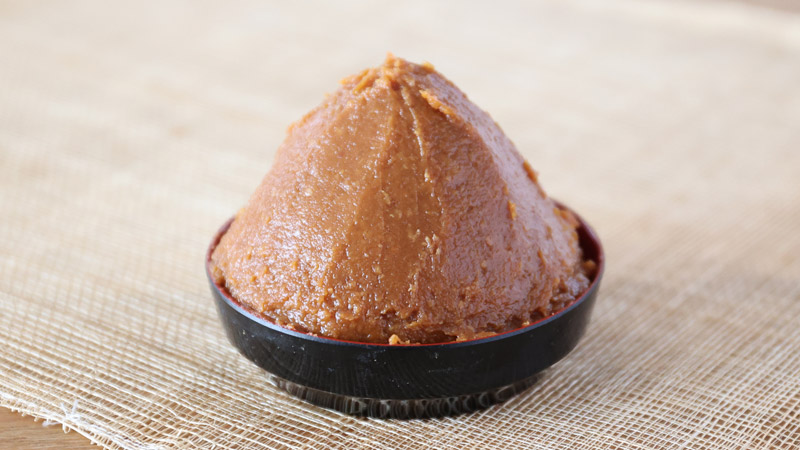
Miso (みそ or 味噌) or also called as Miso Paste, is a traditional Japanese seasoning with 1300 years of history. The sweet and savory paste is produced by fermenting soybeans with salt and koji. There are a lot of miso paste variations like White Miso, Red Miso, Light Colored Miso, Rice Miso, etc.
You can learn more about miso paste here:
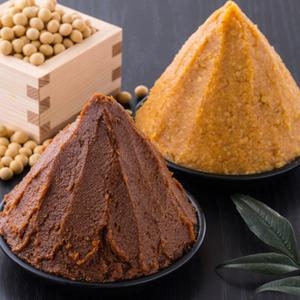
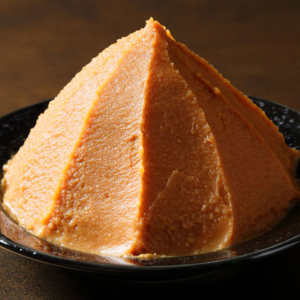
It is important to learn the type of miso so you’ll be able to make your desirable miso soup. For example, if you want the sweet, mellow, and light flavored miso paste, you’d prefer to use White Miso that is low in salt content with rather strong sweetness. Meanwhile, if your preference is the strong, bold miso with high savory notes, you’d prefer to choose between the Red Miso, Hatcho Miso, Barley Miso, etc.
Also, the amount of miso paste for a cup/bowl of miso soup is about 16 grams (1 tablespoon). Some people might be concerned about the salt content, but please do not worry as research results show that the sodium in miso does not increase the blood pressure.
2. Dashi Stock/Broth

Dashi is a widely used stock in Japanese cuisine characterized by its natural umami flavor. It is made from the extract of certain ingredients. Dashi could be fish-based dashi, vegan dashi, or mixed dashi (stock made with several ingredients with the complex umami taste). The most common ingredients for dashi stock are dried bonito flakes, kombu kelp, and shiitake mushroom.
It is very easy to make dashi stock from scratch to make miso soup. Homemade dashi has a subtle umami flavor unique to its ingredients. However, some people might prefer to use the convenient type such as dashi pack and dashi powder. You can learn more about dashi here:
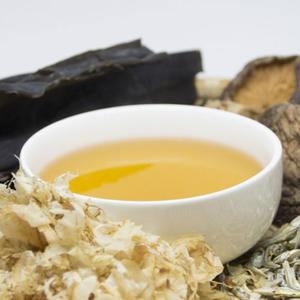
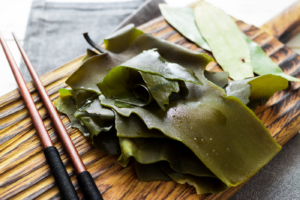
Choosing the dashi also have a great impact on your miso soup. Below are some tips from us:
- For the light-flavored miso soup, you can use the combination of katsuo dashi and kombu dashi. This type of dashi will be able to make a mellow flavor without overpowering the other ingredients. The combination of katsuobushi’s inosinic acid and kombu’s glutamic acid will bring out two different flavors, and give a taste seven times as good than when using only one kind of dashi.
- For strong-flavored miso soup, it’s best to use niboshi dashi and katsuo dashi. Niboshi dashi is especially delicious to make miso soup with seafood ingredients.
- For vegan options, we personally recommend mixing shiitake dashi and kombu dashi.
- It is also best to try the mixed dashi and experience many flavor to your miso soup.
3. Wide Choices of Ingredients

Last but not least is the other ingredients. The common miso soup ingredients like tofu for wakame seaweed are tasty and great nevertheless, but it could be tedious to eat the same miso soup every day.
Miso soup is a Japanese comfort food meant to be enjoyed daily. Therefore, you can find many miso soup variations across Japan. Instead of using the same ingredients, why not discover other ingredients to make it more enjoyable every time we make miso soup?
Learn more about the ingredients for Miso Soup here:
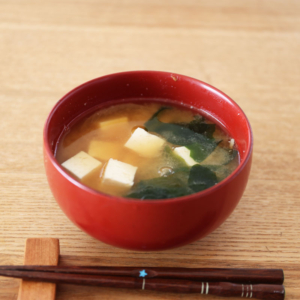
Easy Homemade Miso Soup Recipes
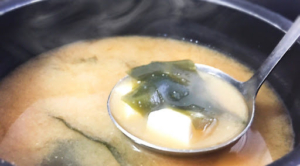
The Basic Tofu Miso Soup
Ingredients
- 1 Dashi Packet
- 2 tablespoons Miso Paste (1 tablespoons: 15-16g)
- 2 blocks Soft Tofu
- 10 g Wakame Seaweed
Instructions
- Make the Dashi StockPut 1 packet of dashi pack (10g) to 800-1000ml water in a pot and bring to a boil. Remove the bag after few minutes. To make 2 servings, please only use 400 ml dashi stock.
- Prepare the Ingredients and Add into the PotCut the tofu into small cubes. Then, add the tofu and wakame seaweed into the pot. Let it cook for 1 minute.
- Add Miso Paste After Turning Off the HeatLastly, turn off the heat and dilute the miso paste in a ladle and mix it into the soup. Miso aroma and good nutrients can evaporate in high heat. So it is recommended to add miso after you turned off the heat completely.
Notes
For more miso soup recipe inspiration, please refer to the page below:
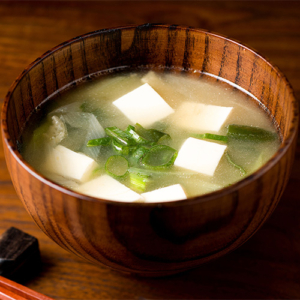
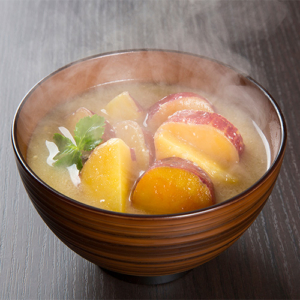
How to Store Miso Soup
Miso soup is most delicious to enjoy fresh and warm. Therefore, the food itself doesn’t last long before it spoils, and it is not recommended to store miso soup too long.
In summer, miso soup could go bad after half a day.
Besides summer, please eat the miso soup within 1 day if stored at room temperature.
If you store it in the refrigerator, please put it in a cool pan and eat it within 1-2 days.
If there are no ingredients that change the texture of the miso soup, such as tofu and potatoes, you can store them in the freezer.
Miso Soup Frequently Asked Questions
- What is Miso Soup?
-
Miso soup is a Japanese soup base of miso paste and dashi broth, then combined with various ingredients like tofu, green onions, mushrooms, meat, seafood, etc. It is characterized by deep savory flavor and mellow, sweet-salty notes.
- What is Miso Soup made of?
-
The 3 main ingredients of miso soup are miso paste, dashi stock/broth, and other ingredients like tofu, wakame seaweed, green onions, mushrooms, meat, seafood, and vegetables.
The taste will be unique depending on the ingredients used and how to cook it, so please try to mix and match the ingredients to make your homemade miso soup.
- Is it safe to eat miso soup everyday?
-
Yes, miso soup is healthy so you can absolutely eat it daily even three times a day (breakfast, lunch, and dinner). Miso soup is made from fermented soybean with relatively low calories. Consuming miso soup regularly is said to help digestion, lower blood pressure, increase immunity, and prevent diseases like cancer.
- How to store miso soup?
-
Miso soup is easy to spoil, so it is best to eat immediately. However, if you want to preserve miso soup, please eat within 1 day if stored at room temperature. If you store it in the refrigerator, please put it in a cool pan and eat it within 1-2 days.
Recommended Miso Soup Ingredient Products
Make Your Homemade Miso with Miso Handmade Kit
Recommended Dashi Products
Miso Paste Available on Amazon USA
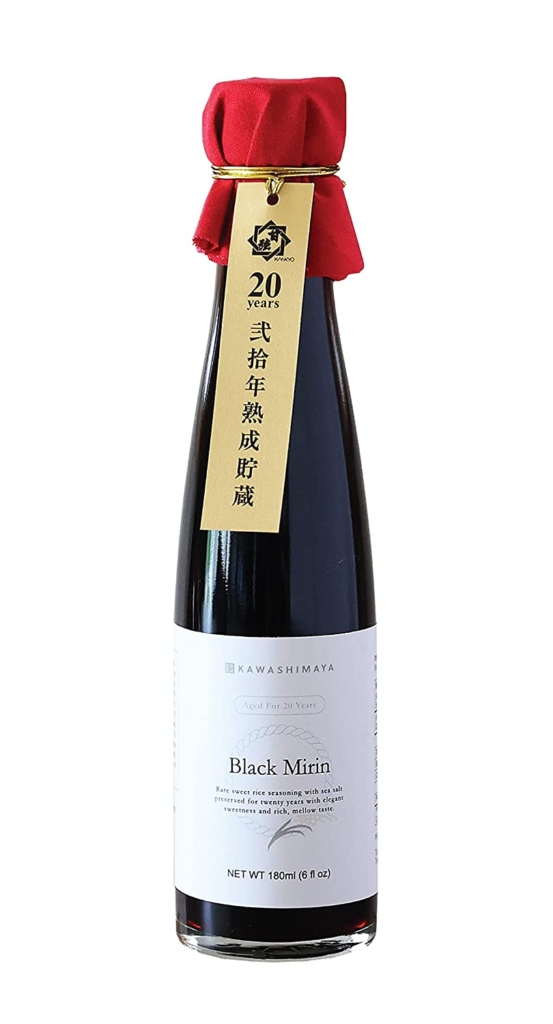
Black Mirin Sweet Rice Seasoning 180ml (2.7 fl oz) – Aged for 20 Years, Traditional Umami Cooking Wine, Made in Japan by Kawashimaya
Black Mirin is a carefully developed sweet rice cooking seasoning with continuous preservation for twenty years. It gives a luxury touch to every dish with completely different tastes from usual mirin. Vegan and Gluten-free. Use 100% Japanese domestic rice. Made in Japan.
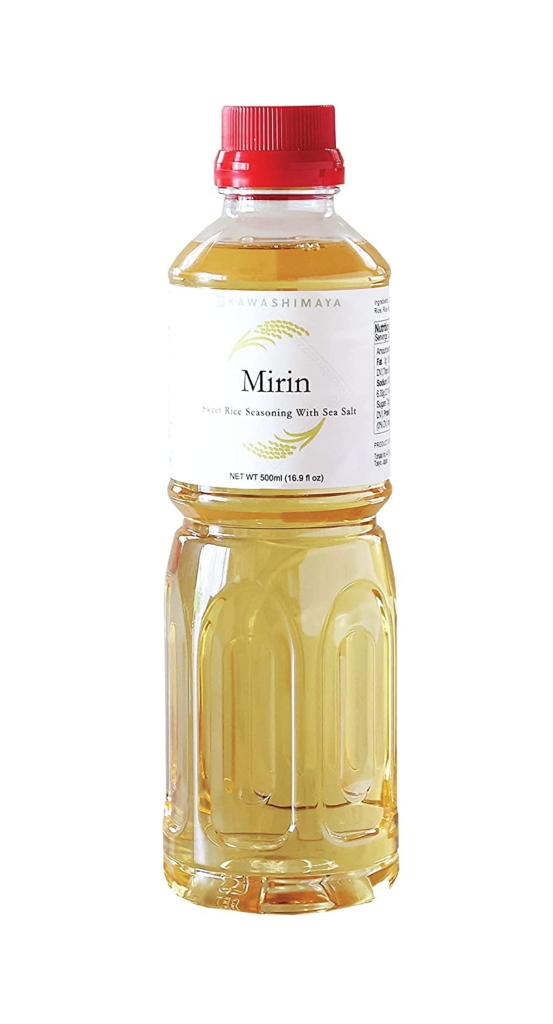
Mirin Sweet Rice Seasoning 500 ml (16.9 fl oz) – Traditional Umami Cooking Wine, Made in Japan by Kawashimaya
Indispensable sweet rice seasoning with strong umami taste, full-bodied richness, refreshing aftertaste, and smooth consistency for daily cooking. Vegan and Gluten-free mirin. Use 100% Japanese domestic rice. Made in Japan.
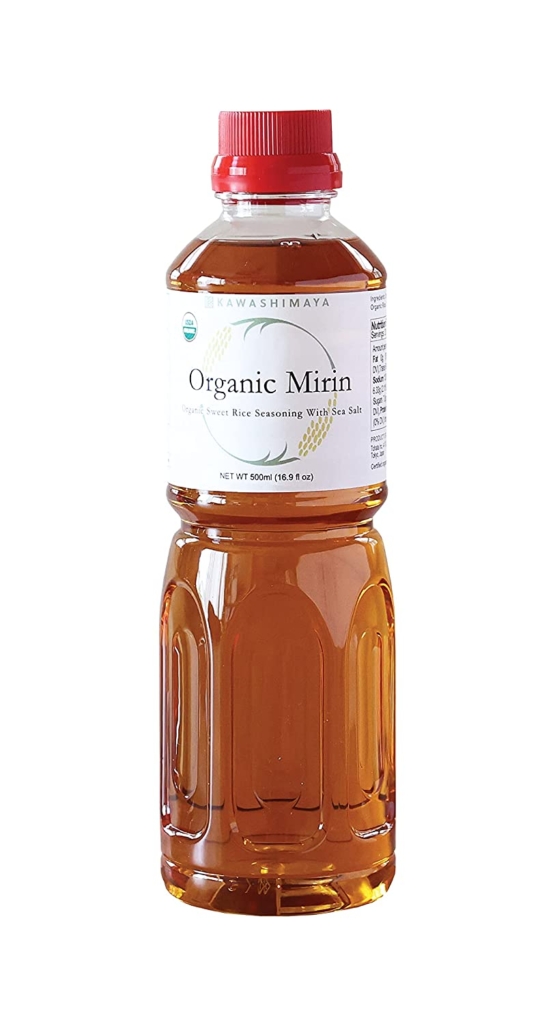
Organic Mirin Sweet Rice Seasoning 500 ml (16.9 fl oz) – Traditional Umami Cooking Wine, USDA Certified, Made in Japan by Kawashimaya
Premium secret cooking ingredient with umami, full-bodied richness, and smooth consistency. USDA Certified, Vegan, and Gluten-free sweet rice seasoning. Use 100% Japanese domestic rice. Made in Japan.

